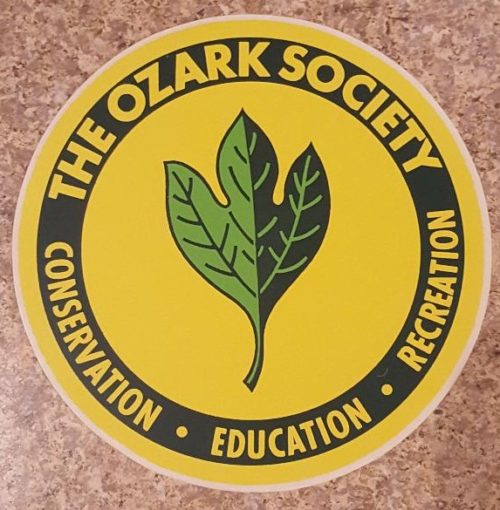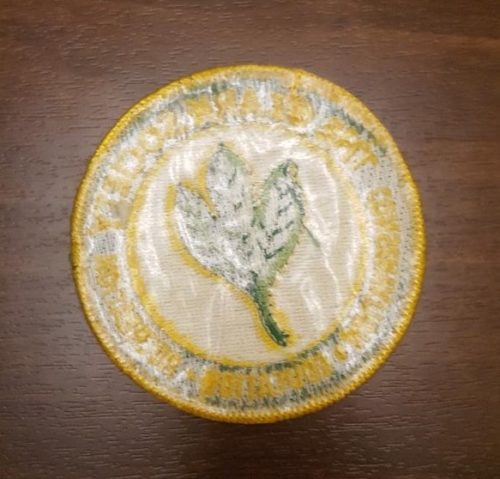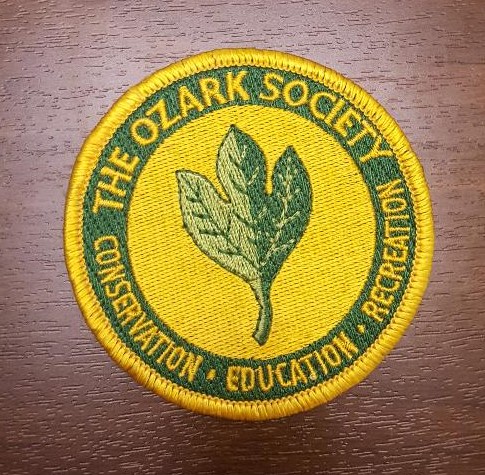-
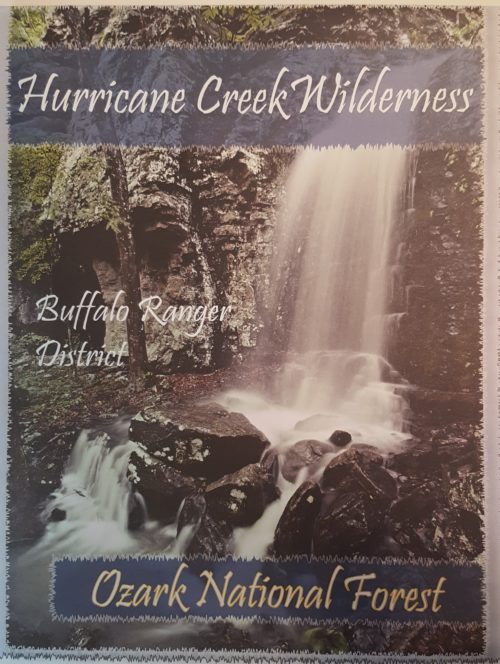 The Ozark Society, in cooperation with the U.S. Forest Service, has produced a series of new Arkansas Wilderness maps. These GPS friendly maps use UTM grids and the standard topo scale of 1:24,000. The Ozark Highland Trail and private inholdings are very clearly marked and valuable contact information and Leave No Trace camping tips are included. The maps feature the photography of Tim Ernst. For the first time, an entire wilderness area can be viewed on one map.
The Ozark Society, in cooperation with the U.S. Forest Service, has produced a series of new Arkansas Wilderness maps. These GPS friendly maps use UTM grids and the standard topo scale of 1:24,000. The Ozark Highland Trail and private inholdings are very clearly marked and valuable contact information and Leave No Trace camping tips are included. The maps feature the photography of Tim Ernst. For the first time, an entire wilderness area can be viewed on one map. -
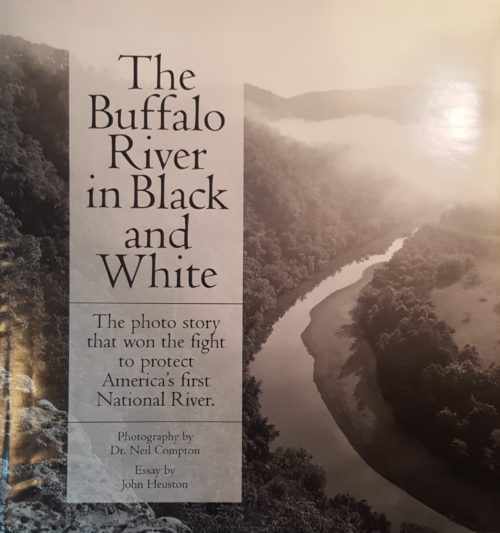 These wonderfully detailed and beautifully printed photographs are about people's adventures and discoveries: The Buffalo River and its towering bluffs, its side canyons with hidden waterfalls, its natural bridges, historic places, and more. For those who have been there, the book brings great memories. Been there or not, it can inspire you to learn more. In his essay, John Heuston tells how these photographs became powerful weapons in historic battles to keep the Buffalo River and other wonders from being spoiled. The book’s nearly 100 photographs are reproduced by the same duotone process employed for the finest books of photographic art. 96 pages, hardbound, 9½ x 10.
These wonderfully detailed and beautifully printed photographs are about people's adventures and discoveries: The Buffalo River and its towering bluffs, its side canyons with hidden waterfalls, its natural bridges, historic places, and more. For those who have been there, the book brings great memories. Been there or not, it can inspire you to learn more. In his essay, John Heuston tells how these photographs became powerful weapons in historic battles to keep the Buffalo River and other wonders from being spoiled. The book’s nearly 100 photographs are reproduced by the same duotone process employed for the finest books of photographic art. 96 pages, hardbound, 9½ x 10. -
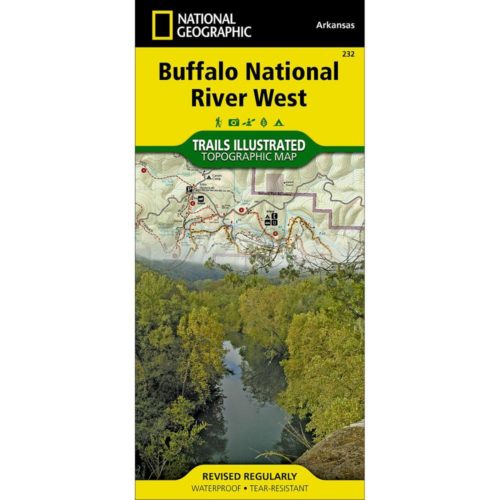
This map, first published by Trails Illustrated in 1992-93, uses USGS topographic maps as a base. T.I. has added hiking and horse trails, roads, campgrounds and other features not shown on the 1960s vintage USGS maps. The map includes routes of access to river and wilderness, and floaters’ car shuttle routes, and map users will find it easy to calculate the mileage of any trail hike or river trip. Included is a list of day hikes graded by difficulty and information for hikers, floaters, horseback riders, for anyone wanting to explore the Buffalo. This map is printed in four colors on waterproof, tear-proof plastic. Map design and text are by Ken Smith, author of Buffalo River Handbook and The Buffalo River Country, with cooperation from the National Park Service and U.S. Forest Service. -
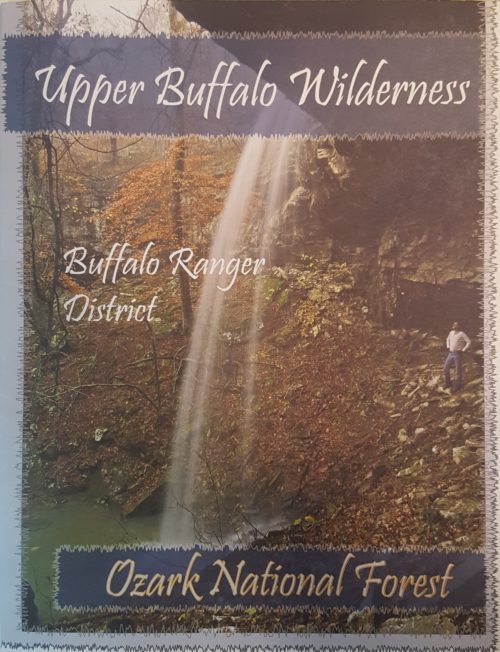 The Ozark Society, in cooperation with the U.S. Forest Service, has produced a series of new Arkansas Wilderness maps. These GPS friendly maps use UTM grids and the standard topo scale of 1:24,000. The Ozark Highland Trail and private inholdings are very clearly marked and valuable contact information and Leave No Trace camping tips are included. The maps feature the photography of Tim Ernst. For the first time, an entire wilderness area can be viewed on one map.
The Ozark Society, in cooperation with the U.S. Forest Service, has produced a series of new Arkansas Wilderness maps. These GPS friendly maps use UTM grids and the standard topo scale of 1:24,000. The Ozark Highland Trail and private inholdings are very clearly marked and valuable contact information and Leave No Trace camping tips are included. The maps feature the photography of Tim Ernst. For the first time, an entire wilderness area can be viewed on one map. -
Out of stock
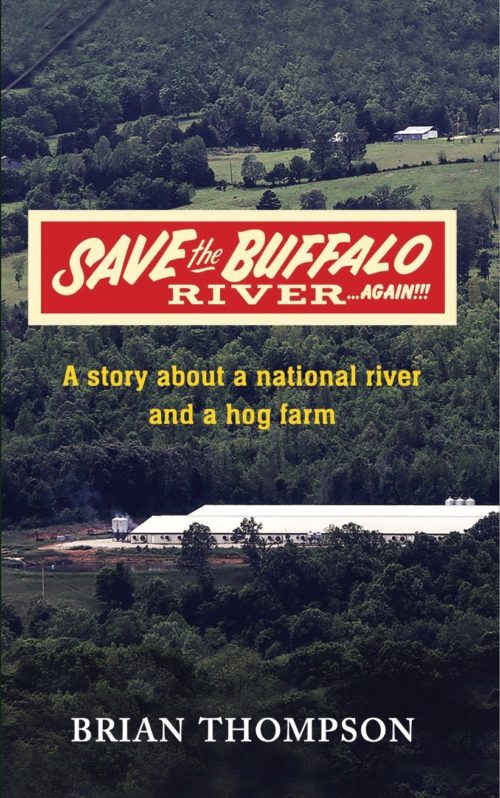 "A massive industrial hog operation is quietly permitted and constructed near the Buffalo National River, the pristine crown jewel of the state of Arkansas. It is nearly complete by the time the public becomes aware of it, too late to do anything to stop it. This is the true story of how a small group of Arkansans stood toe to toe with powerful special interests, state and federal agencies, the state legislature, and two of the largest corporations in the world, all to protect the Buffalo National River for future generations. Ignored and disparaged, they lost every step of the way. ...Until they won." Save the Buffalo River Again by Brian Thompson $16.95
"A massive industrial hog operation is quietly permitted and constructed near the Buffalo National River, the pristine crown jewel of the state of Arkansas. It is nearly complete by the time the public becomes aware of it, too late to do anything to stop it. This is the true story of how a small group of Arkansans stood toe to toe with powerful special interests, state and federal agencies, the state legislature, and two of the largest corporations in the world, all to protect the Buffalo National River for future generations. Ignored and disparaged, they lost every step of the way. ...Until they won." Save the Buffalo River Again by Brian Thompson $16.95 -
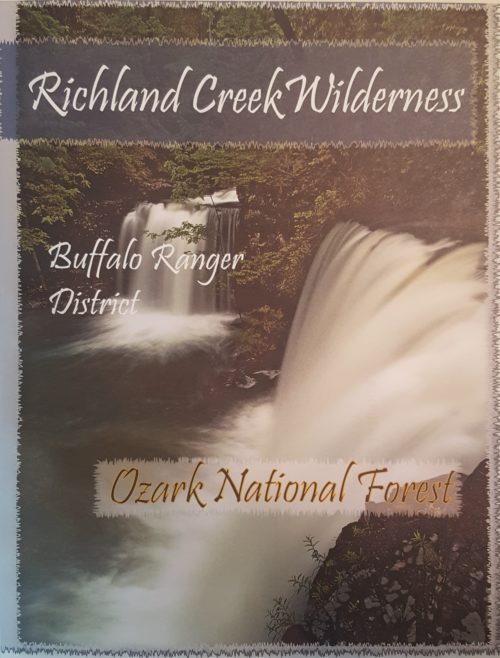 The Ozark Society, in cooperation with the U.S. Forest Service, has produced a series of new Arkansas Wilderness maps. These GPS friendly maps use UTM grids and the standard topo scale of 1:24,000. The Ozark Highland Trail and private inholdings are very clearly marked and valuable contact information and Leave No Trace camping tips are included. The maps feature the photography of Tim Ernst. For the first time, an entire wilderness area can be viewed on one map.
The Ozark Society, in cooperation with the U.S. Forest Service, has produced a series of new Arkansas Wilderness maps. These GPS friendly maps use UTM grids and the standard topo scale of 1:24,000. The Ozark Highland Trail and private inholdings are very clearly marked and valuable contact information and Leave No Trace camping tips are included. The maps feature the photography of Tim Ernst. For the first time, an entire wilderness area can be viewed on one map. -
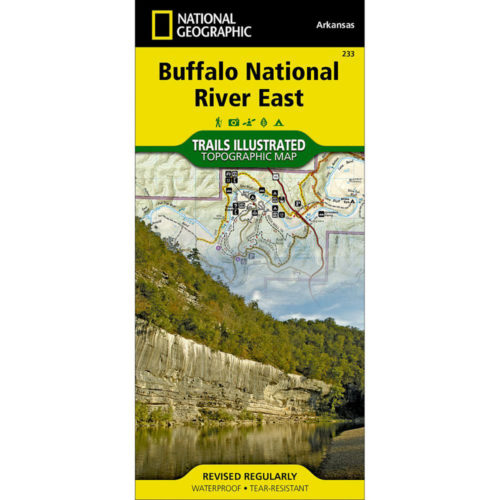
This map, first published by Trails Illustrated in 1992-93, uses USGS topographic maps as a base. T.I. has added hiking and horse trails, roads, campgrounds, and other features not shown on the 1960s vintage USGS maps. Also shown are routes of access to river and wilderness, and floaters’ car shuttle routes. Map users will find it easy to calculate the mileage of any trail hike or river trip and will see information for hikers, floaters, horseback riders, for anyone wanting to explore the Buffalo. The map is printed in four colors on waterproof, tear-proof plastic. Map design and text are by Ken Smith, author of Buffalo River Handbook and The Buffalo River Country, with cooperation from the National Park Service and U.S. Forest Service. This map includes the Leatherwood and Lower Buffalo Wilderness Areas. -
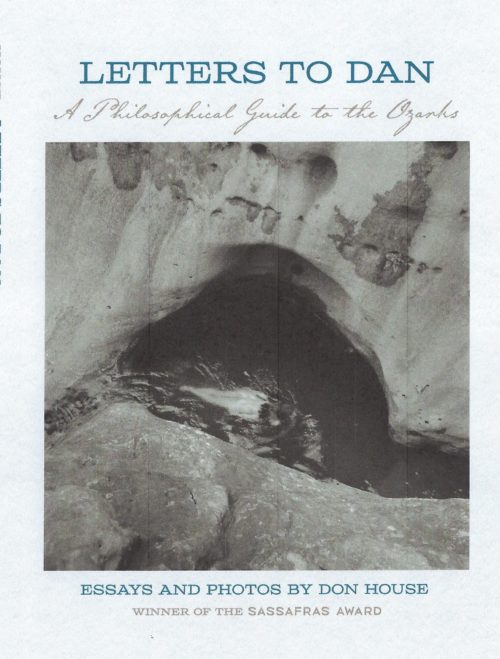 Letters To Dan: A Philosophical Guide to the Ozarks, written by Don House, is a series of essays and photos about the Ozark Mountains of Arkansas. It is the winner of the Ozark Society Sassafras Award in Literature. The guideposts for this journey are the region's rivers and hills, it's forests and vibrant wildflowers. In personal essays and photographs, Don House describes old cemeteries, abandoned buildings, and highway memorial crosses. He introduces us to a neighbor skilled at dowsing, to local cafe owners and river guides. The essays express a love of the region's heritage and it's modern culture. The book creates a sense of place and shows us how to live in harmony with the natural world. $20.00 ISBN 978-0-912456-12-6
Letters To Dan: A Philosophical Guide to the Ozarks, written by Don House, is a series of essays and photos about the Ozark Mountains of Arkansas. It is the winner of the Ozark Society Sassafras Award in Literature. The guideposts for this journey are the region's rivers and hills, it's forests and vibrant wildflowers. In personal essays and photographs, Don House describes old cemeteries, abandoned buildings, and highway memorial crosses. He introduces us to a neighbor skilled at dowsing, to local cafe owners and river guides. The essays express a love of the region's heritage and it's modern culture. The book creates a sense of place and shows us how to live in harmony with the natural world. $20.00 ISBN 978-0-912456-12-6 -
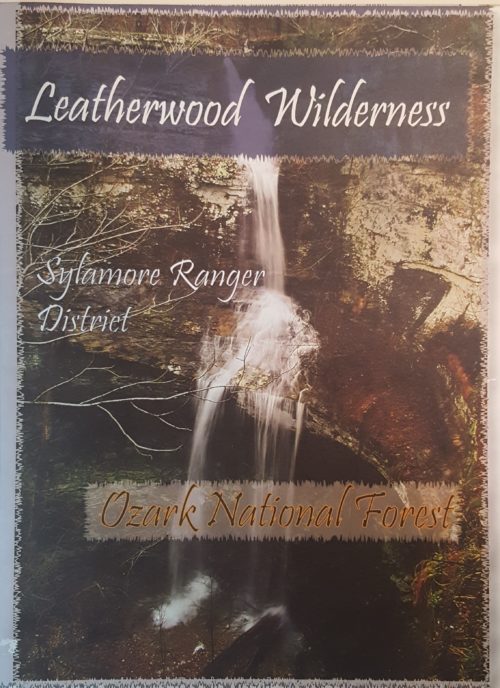 The Ozark Society, in cooperation with the U.S. Forest Service, has produced a series of new Arkansas Wilderness maps. These GPS friendly maps use UTM grids and the standard topo scale of 1:24,000. The Ozark Highland Trail and private inholdings are very clearly marked and valuable contact information and Leave No Trace camping tips are included. The maps feature the photography of Tim Ernst. For the first time, an entire wilderness area can be viewed on one map.
The Ozark Society, in cooperation with the U.S. Forest Service, has produced a series of new Arkansas Wilderness maps. These GPS friendly maps use UTM grids and the standard topo scale of 1:24,000. The Ozark Highland Trail and private inholdings are very clearly marked and valuable contact information and Leave No Trace camping tips are included. The maps feature the photography of Tim Ernst. For the first time, an entire wilderness area can be viewed on one map. -
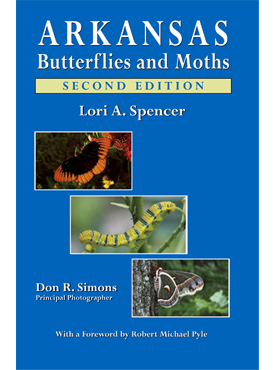
Arkansas Butterflies and Moths, 2nd edition, includes 264 species of butterflies and moths found in Arkansas. Species identification is facilitated through detailed text entries alongside 300 full-sized color photographs. And, for the first time ever, all butterfly species in the state are included. Many live photographs and shots of larvae are used, and butterfly gardening and prime butterfly-watching locations in the state are covered.

